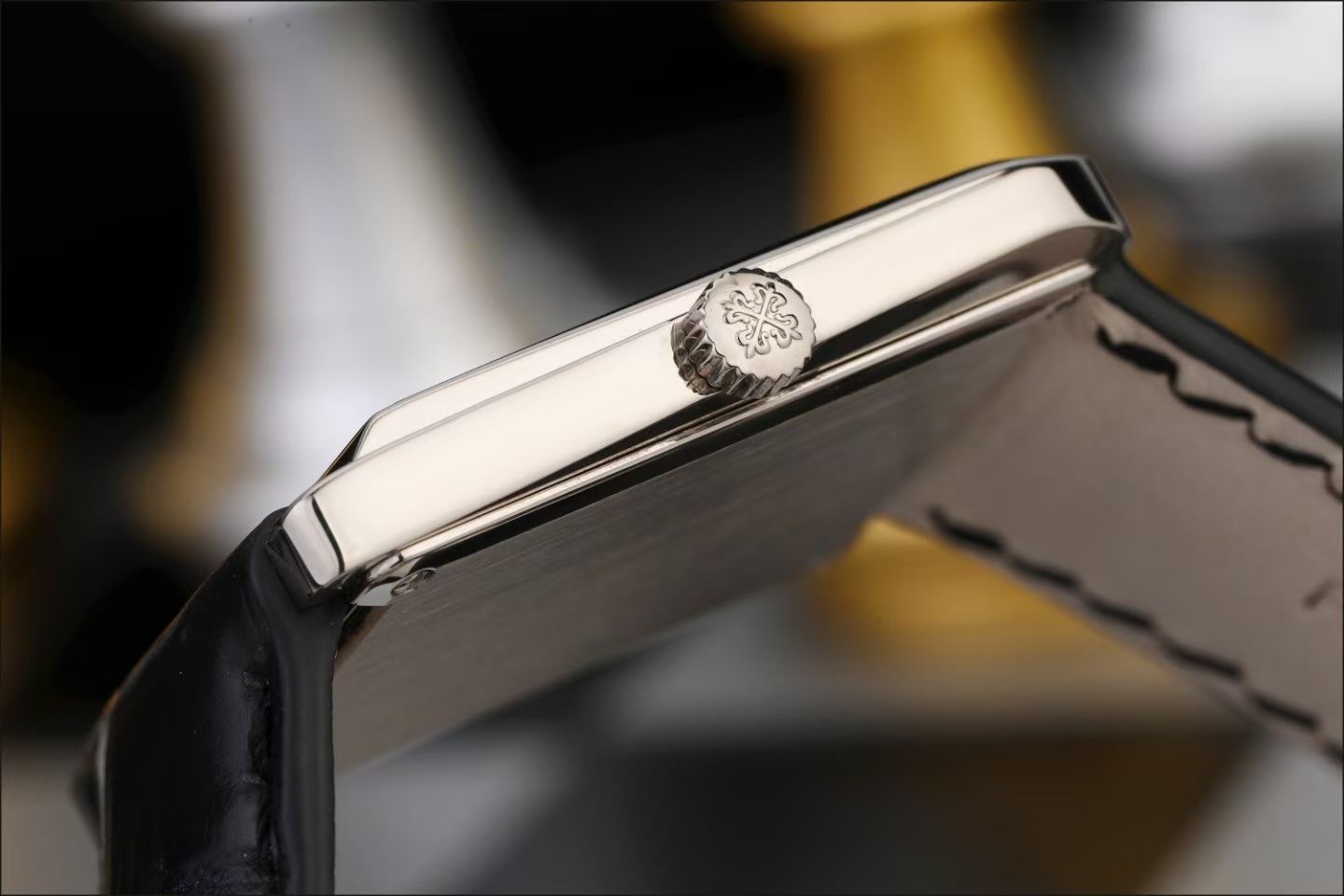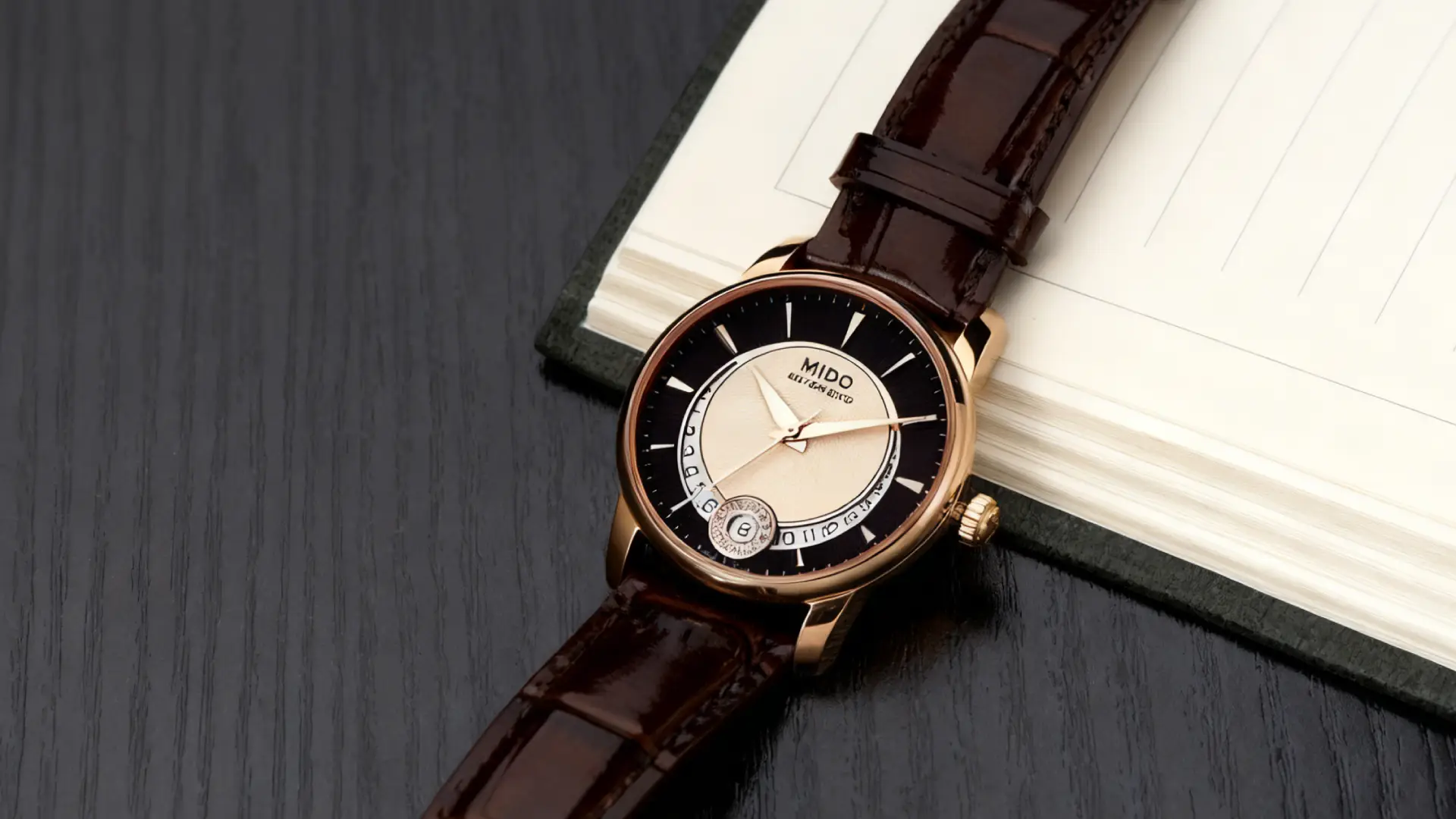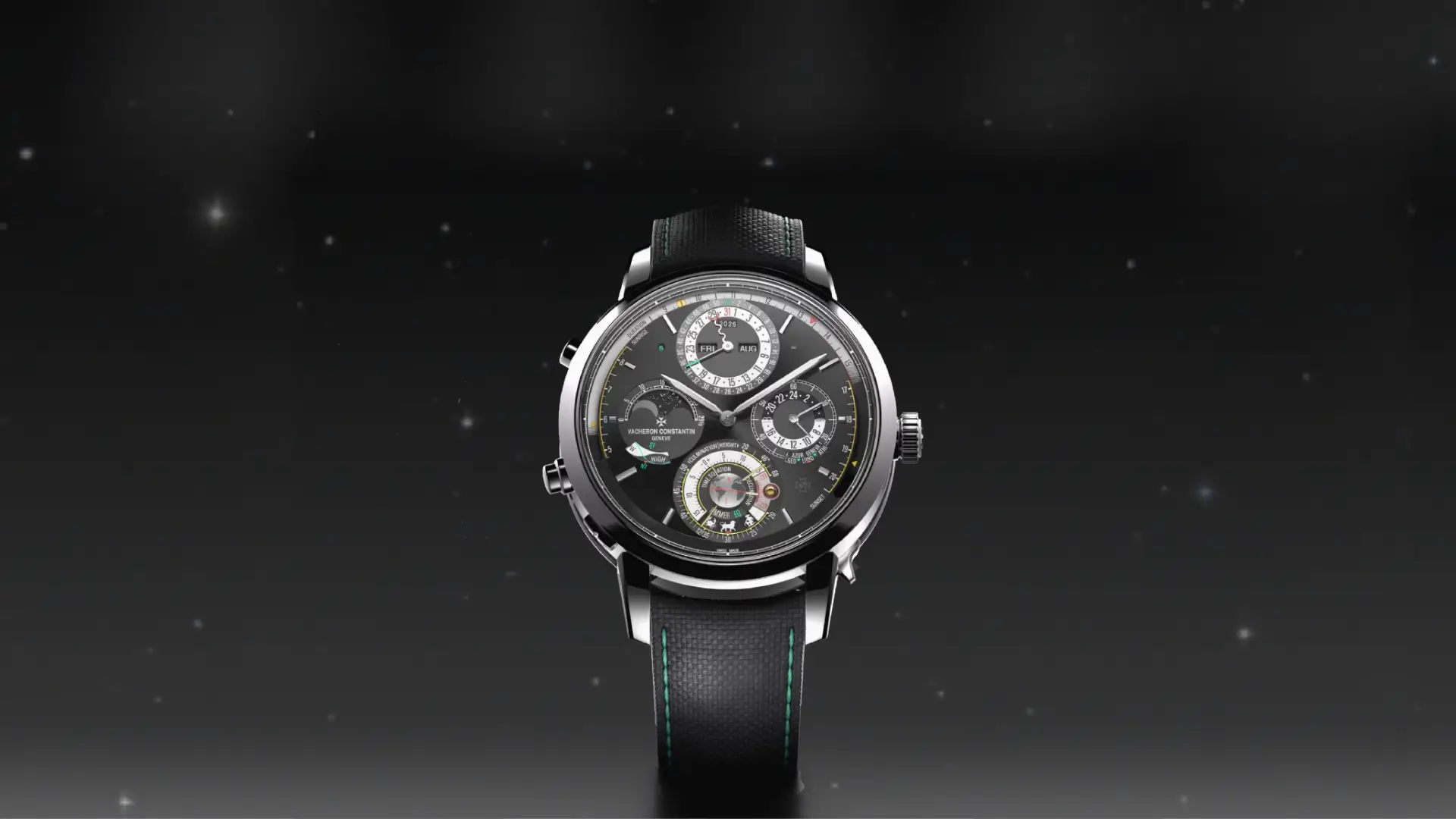Vintage vs Modern Watches: Which Makes the Best Investment?
Watch Guides
2025-01-06Introduction
When it comes to investing in luxury watches, one common debate is whether vintage or modern timepieces make a better investment. Both categories offer unique value propositions, but the choice depends on factors such as rarity, craftsmanship, and market trends. In this guide, we explore the differences between vintage and modern watches to help you make an informed decision.
1. What Defines Vintage and Modern Watches?
Vintage Watches
- Typically over 20–30 years old.
- Often prized for historical significance and limited availability.
- Feature classic designs and mechanical movements.
Modern Watches
- Produced in recent years with advanced technologies.
- Offer contemporary designs, materials, and features.
- Often include smart functionalities and improved durability.
2. Craftsmanship and Materials
Vintage Watches
Vintage watches are admired for their hand-crafted artistry and intricate mechanical movements. They often use materials like:
- Solid gold or platinum cases.
- Sapphire or acrylic crystals.
- Leather straps or precious metal bands.
Modern Watches
Modern watches benefit from technological advancements, featuring:
- High-grade stainless steel, ceramic, or titanium cases.
- Scratch-resistant sapphire crystals.
- Water-resistant seals and smart features.
3. Investment Potential
Vintage Watches
- Rarity: Limited production runs and discontinued models make them highly collectible.
- Value Appreciation: Rare vintage pieces, such as Rolex Submariners, often increase in value over time.
- Heritage Appeal: Historical significance attracts collectors.
Modern Watches
- Innovations: Advanced technology and contemporary designs appeal to modern buyers.
- Limited Editions: Some modern limited-edition watches can appreciate quickly.
- Warranty and Certification: Offer buyer protection and authenticity guarantees.
4. Maintenance and Care
Vintage Watches
- Require specialized servicing to maintain functionality.
- Parts may be harder to source, increasing maintenance costs.
- Must be handled carefully due to age and fragility.
Modern Watches
- Easier to service with widely available parts.
- Often include warranties covering repairs and replacements.
- Built with durability in mind, reducing upkeep costs.
5. Style and Aesthetic Appeal
- Vintage Watches: Timeless elegance and nostalgic appeal.
- Modern Watches: Sleek, contemporary designs for today’s trends.

FAQs
1. Are vintage watches a better investment than modern watches?
Vintage watches often hold long-term value due to rarity and historical appeal, but modern limited-edition pieces can also appreciate quickly.
2. How do I know if a vintage watch is authentic?
Check serial numbers, certificates, and consult certified appraisers or trusted dealers.
3. Do modern watches depreciate over time?
Mass-produced modern watches may depreciate initially, but limited-edition models can gain value.
4. Which watch brands are best for investment?
Brands like Rolex, Patek Philippe, and Omega are considered excellent for both vintage and modern watch investments.
5. Is it easier to maintain a modern watch?
Yes, modern watches are generally easier and cheaper to maintain due to readily available parts and warranties.
Conclusion
Choosing between vintage and modern watches as an investment depends on personal preference, budget, and long-term goals. Vintage watches offer timeless appeal and rarity, making them ideal for collectors. Modern watches provide cutting-edge features and durability, catering to contemporary needs. Both categories present valuable opportunities, and a well-balanced collection can include both.
Whether you are drawn to the charm of history or the allure of modern craftsmanship, investing in luxury watches is more than a financial decision—it’s a reflection of style and legacy.



